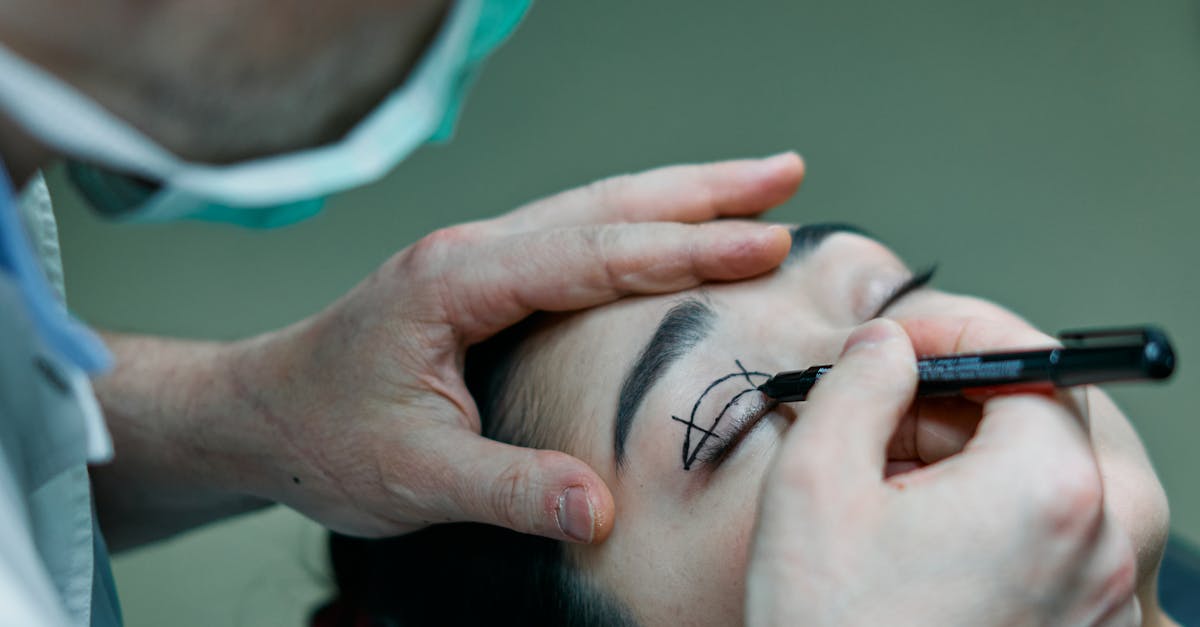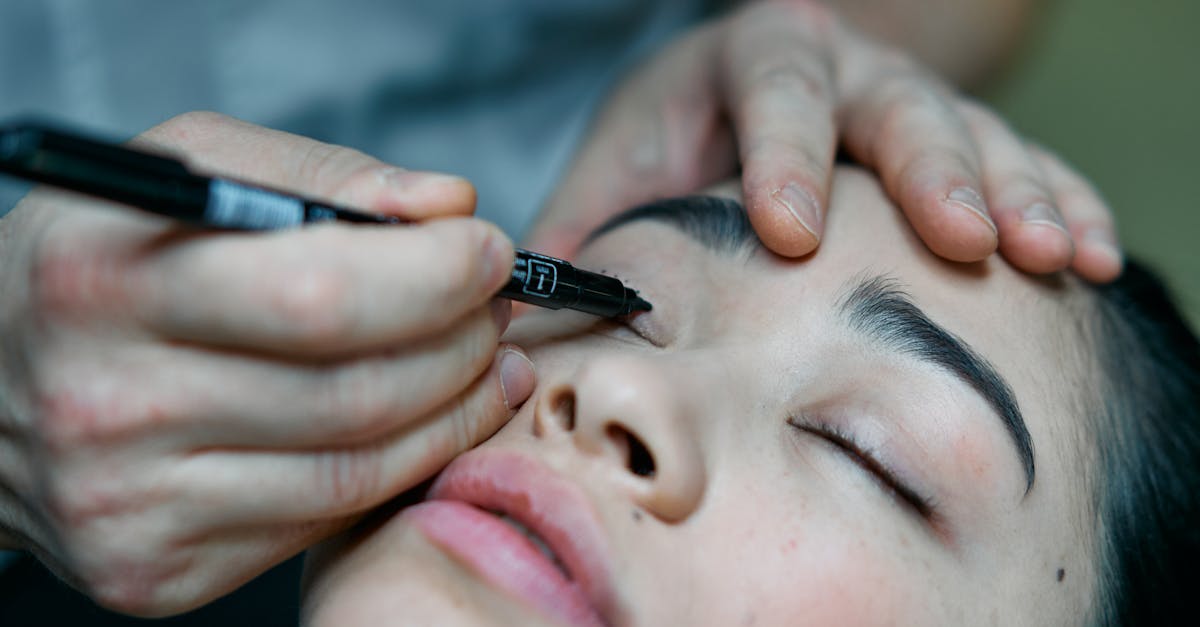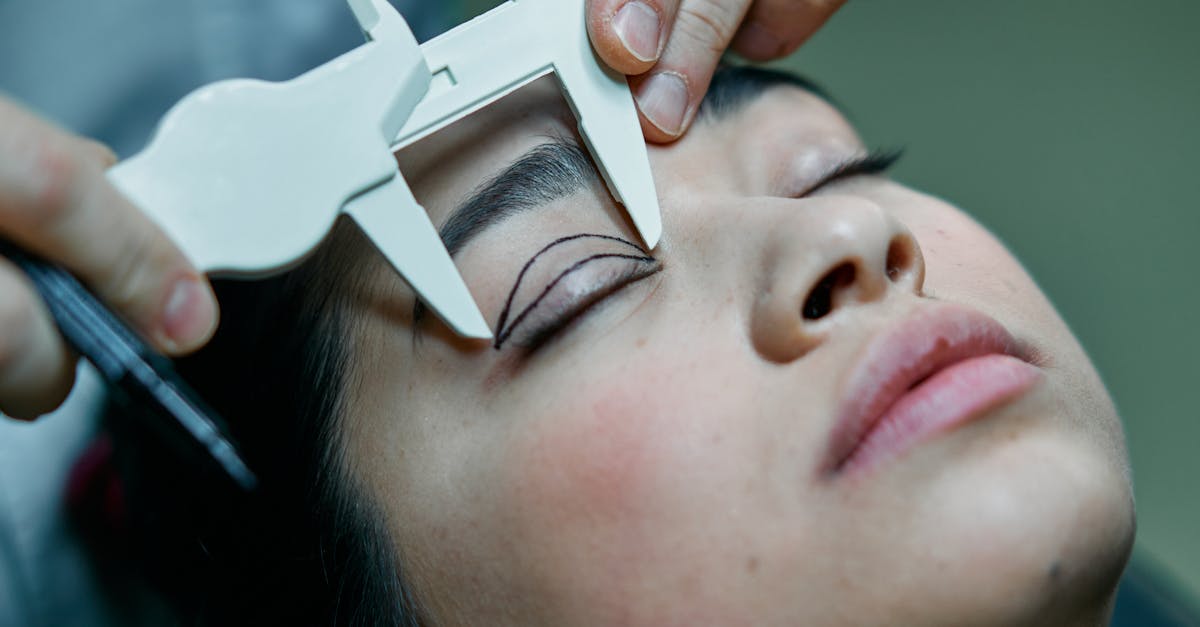
Table Of Contents
Exploring Blepharoplasty Procedure
Exploring Blepharoplasty Procedure
Blepharoplasty, commonly known as eyelid surgery, is a cosmetic procedure aimed at enhancing the appearance of the eyelids. It involves the removal of excess skin, fat, or muscle from the upper and/or lower eyelids to rejuvenate the area around the eyes. This procedure aims to address droopy eyelids, reduce puffiness, and minimize the appearance of wrinkles and fine lines. By undergoing blepharoplasty, individuals can achieve a more youthful and refreshed look by improving the overall contour and symmetry of their eyelids.
During a blepharoplasty procedure, the surgeon will make precise incisions along the natural creases of the eyelids to minimize visible scarring. The excess tissue is then carefully removed or repositioned to achieve the desired aesthetic outcome. Depending on the extent of the correction needed, the surgeon may focus on the upper eyelids, lower eyelids, or both. By customizing the approach to each patient's specific concerns, blepharoplasty can effectively address various issues such as sagging skin, fatty deposits, and hollow areas around the eyes, resulting in a more vibrant and rested appearance.
Surgical Techniques and Expected Results
Eyelid surgery, also known as blepharoplasty, involves several surgical techniques that aim to enhance the appearance of the eyelids. The procedure typically includes removing excess skin, fat, or muscle to address droopy or puffy eyelids. By carefully sculpting the eyelids, surgeons can achieve a more youthful and rejuvenated look for their patients. Depending on the individual's specific concerns, upper eyelid surgery, lower eyelid surgery, or a combination of both may be recommended to achieve the desired results.
The expected results of eyelid surgery can vary depending on the patient's goals and the techniques used during the procedure. Patients can anticipate a smoother, firmer appearance of the eyelids, with reduced puffiness and a more defined eyelid crease. Additionally, eyelid surgery can help improve vision obstruction caused by droopy eyelids and create a more refreshed overall facial appearance. While individual results may vary, many patients are satisfied with the natural-looking outcomes achieved through eyelid surgery.
Comparing Eyelid Surgery and Blepharoplasty Costs
Eyelid surgery costs can vary significantly depending on various factors, such as the surgeon's experience, the complexity of the procedure, and the geographical location of the clinic. On average, eyelid surgery in the United States can range from $2,000 to $5,000 per eyelid. The total cost is influenced by whether the upper eyelid, lower eyelid, or both are being addressed. Additionally, the inclusion of anesthesia fees, facility fees, and post-operative care expenses should be considered when budgeting for eyelid surgery.
Blepharoplasty, commonly referred to as cosmetic eyelid surgery, encompasses procedures that aim to improve the appearance of the eyelids. The cost of blepharoplasty typically starts at around $3,000 and can go up to $7,000 or more, depending on similar factors that affect eyelid surgery expenses. It is essential for individuals considering either eyelid surgery or blepharoplasty to consult with a board-certified plastic surgeon to receive an accurate cost breakdown tailored to their specific needs and desired outcomes.
Understanding Financial Considerations for the Procedures
Understanding the financial aspects of undergoing eyelid surgery is an essential factor to consider for individuals exploring this cosmetic procedure. The cost of eyelid surgery can vary based on several factors, such as the surgeon's expertise, the facility where the surgery is performed, and the extent of the procedure needed. Typically, the expenses may include the surgeon's fee, anesthesia fee, facility fee, and any post-operative care required. It is crucial for patients to consult with their surgeon and inquire about a breakdown of the costs involved in eyelid surgery to have a clear understanding of the financial obligations.
When considering the financial implications of eyelid surgery, it is important for individuals to check if their health insurance covers any portion of the procedure. In most cases, eyelid surgery is considered an elective cosmetic procedure and is not covered by insurance unless it is deemed medically necessary. Patients should also inquire with their surgeon about financing options or payment plans that may be available to help manage the cost of eyelid surgery. By discussing these financial considerations beforehand, individuals can make an informed decision about moving forward with the procedure while having a comprehensive understanding of the associated expenses.
Recovery Timeline for Eyelid Surgery
The recovery timeline for eyelid surgery varies depending on the individual and the extent of the procedure. In general, most patients can expect some swelling and bruising immediately after the surgery, which typically resolves within the first week. Patients may experience mild discomfort or tightness in the eyelid area, which can be managed with prescribed pain medication or over-the-counter remedies. It is important to follow post-surgery care instructions provided by the surgeon to promote proper healing and ensure optimal results.
During the first few days post-surgery, it is advisable to rest and avoid strenuous activities to allow the eyelids to heal properly. Patients are typically advised to keep their head elevated while sleeping and to avoid rubbing or touching the eyes to prevent any complications. Depending on the individual's healing process, sutures may be removed after about a week, and most patients can return to work and normal daily activities within 7 to 10 days. Following the recovery timeline for eyelid surgery diligently can help reduce the risk of complications and promote a smooth healing process.
PostSurgery Care Instructions and Healing Process
For optimal recovery after eyelid surgery, it is crucial to follow the post-surgery care instructions provided by your healthcare provider diligently. To minimize bruising and swelling, applying cold compresses gently to the eyes can be beneficial in the initial days following the procedure. It is advisable to avoid activities that strain the eyes, such as reading or staring at screens for prolonged periods, during the healing process. Keeping the head elevated while resting can help reduce swelling as well.
Ensuring proper hygiene is essential during the healing process after eyelid surgery. Your healthcare provider may recommend using prescribed ointments or drops to aid in the healing of the incisions. It's important to keep the incision sites clean and dry to prevent infection. Additionally, attending follow-up appointments with your surgeon is crucial for monitoring the healing progress and addressing any concerns that may arise post-surgery.
FAQS
What is eyelid surgery?
Eyelid surgery, also known as blepharoplasty, is a cosmetic procedure that aims to improve the appearance of the eyelids by removing excess skin, fat, or muscle.
Is blepharoplasty the same as eyelid surgery?
Yes, blepharoplasty is the medical term for eyelid surgery. They both refer to the same cosmetic procedure that targets the eyelids.
What are the differences between upper and lower eyelid surgery?
Upper eyelid surgery focuses on addressing sagging or drooping upper eyelids, while lower eyelid surgery targets under-eye bags or puffiness. Both procedures can be performed together or separately, depending on the patient's needs.
How long does it take to recover from eyelid surgery?
The recovery timeline for eyelid surgery varies from patient to patient, but most individuals can expect to see noticeable improvement within 1-2 weeks. Full recovery may take several weeks to a few months, depending on the extent of the procedure and individual healing process.
Are there any risks associated with eyelid surgery or blepharoplasty?
Like any surgical procedure, eyelid surgery and blepharoplasty come with potential risks and complications, such as infection, scarring, dry eyes, or temporary vision changes. It is important to discuss these risks with your surgeon and follow post-operative care instructions diligently to minimize any adverse outcomes.


